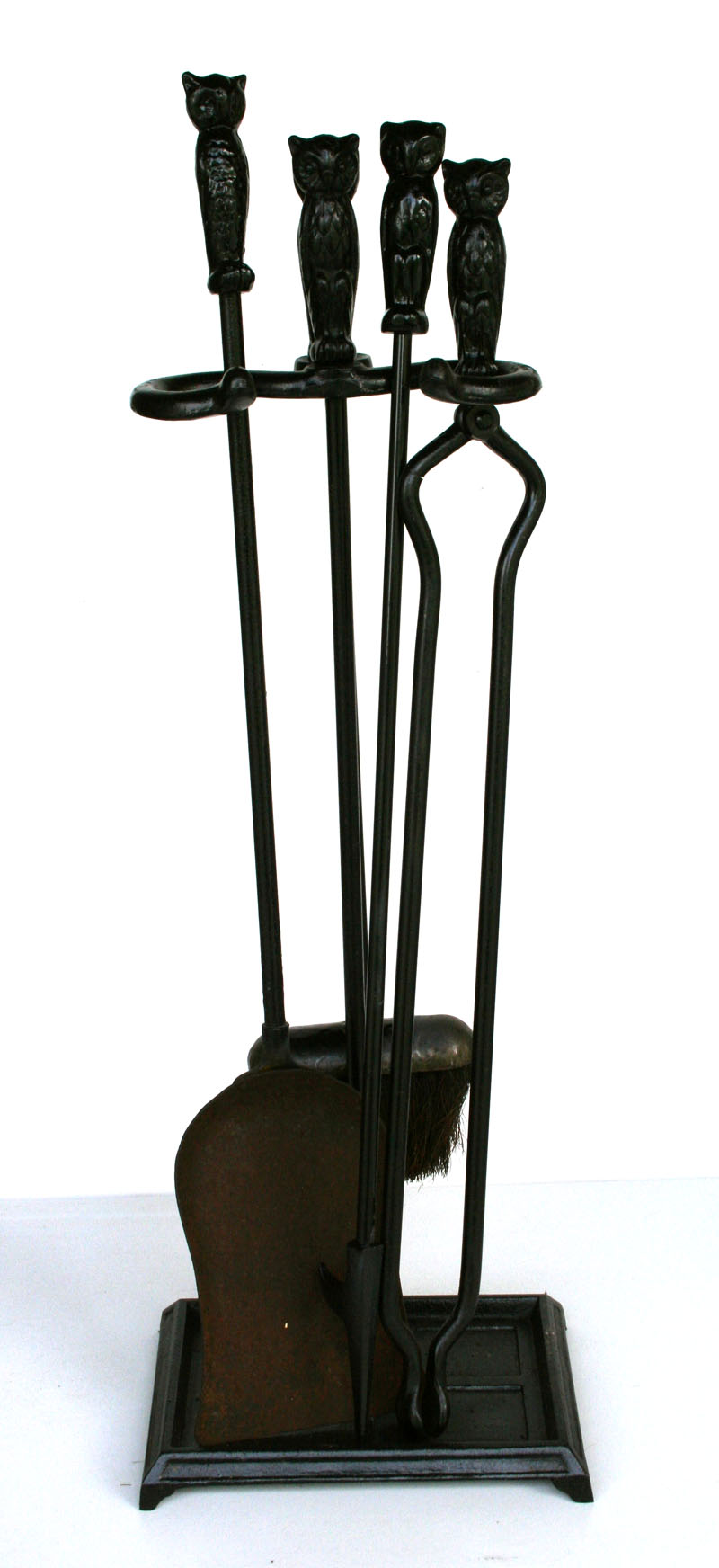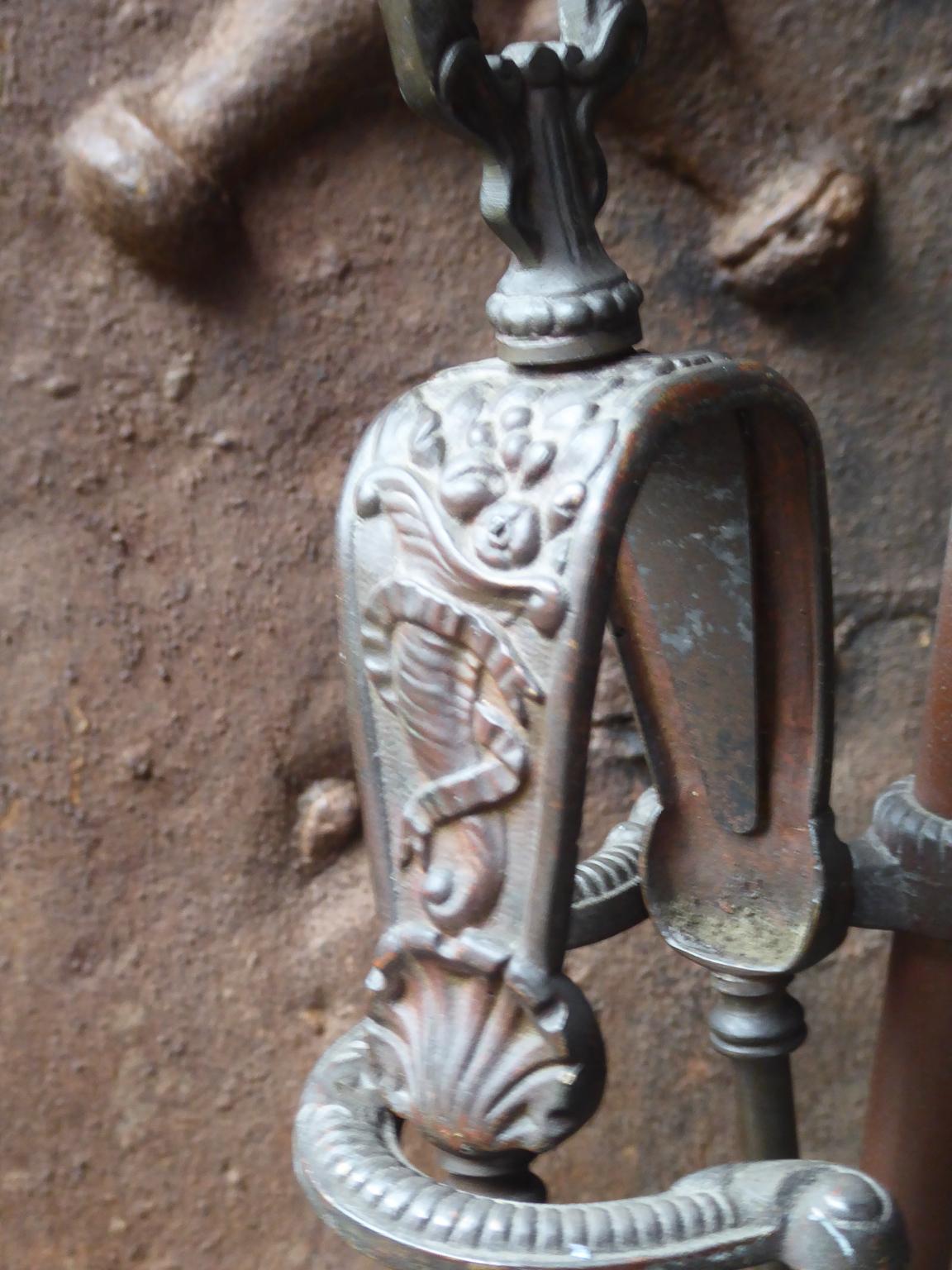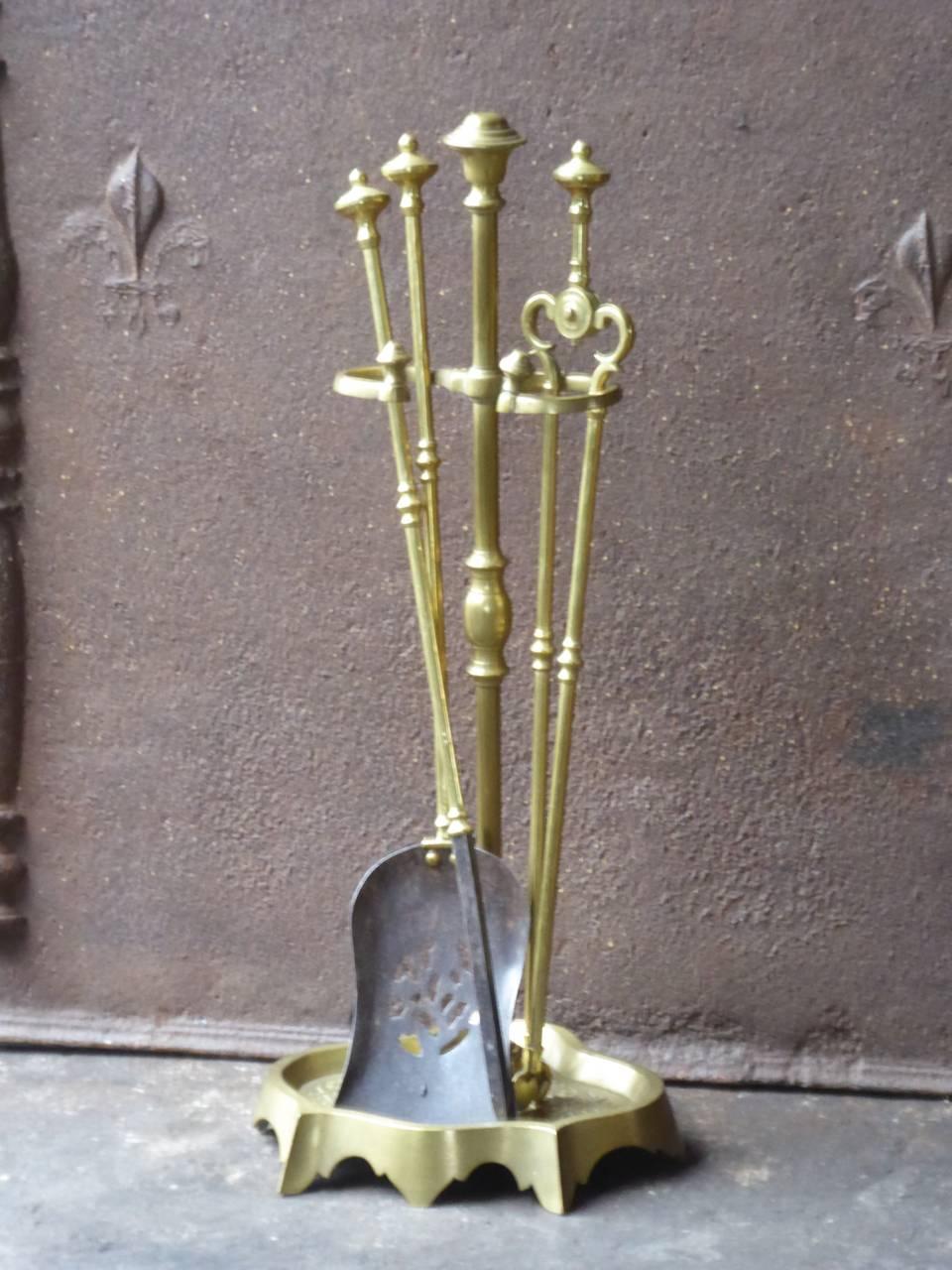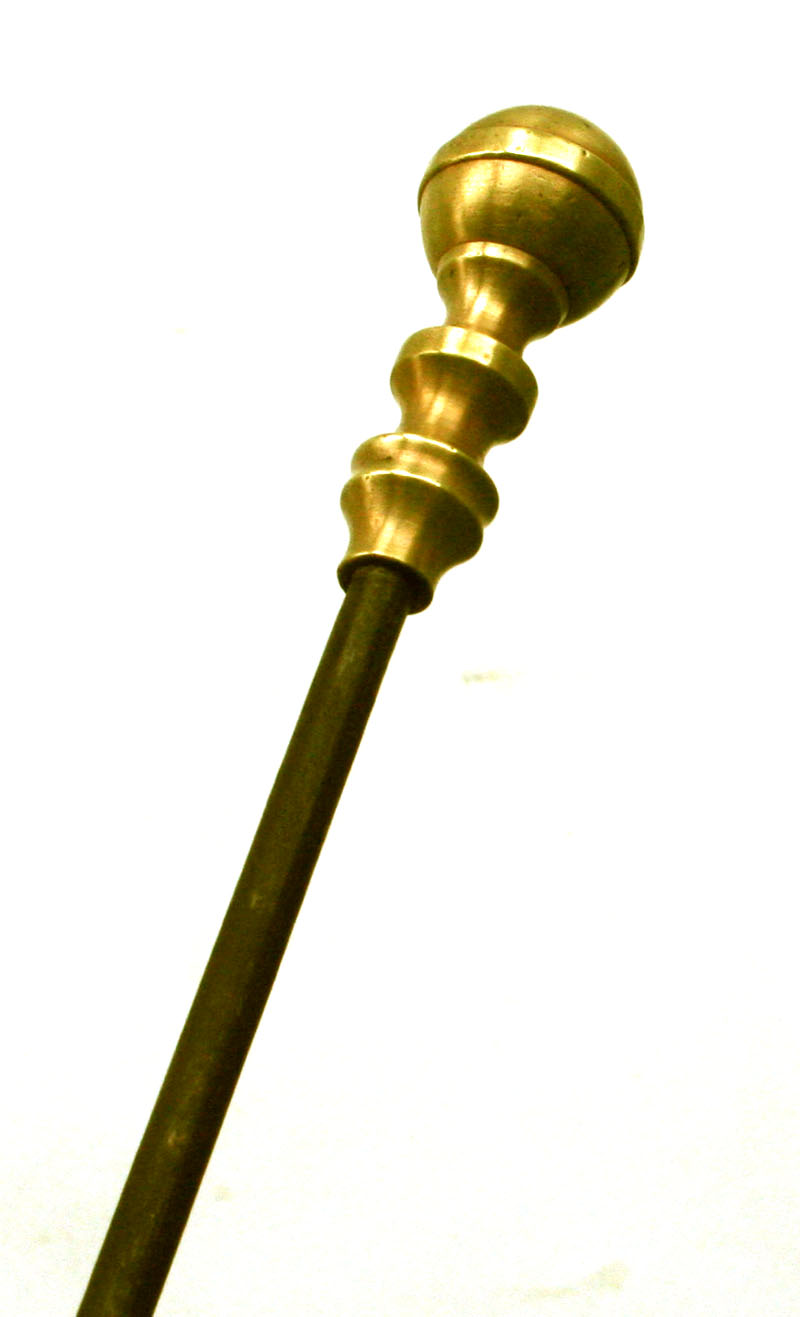
The blade has a pierced pattern, a popular design among English fire shovels of this period. The finials have an attractive gadrooned pattern, a curved decoration best described as "inverted fluting", and the tongs have a most unusual and appealing shape. However, if you would like something really eye-catching, how about this Victorian set of brass fire tools? Longer than most fire tools at 32" high (well suited to a wood burning fire, which generally need larger tools) all three pieces are generously decorated. The shafts and finials are pleasingly simple, and the floral and crosshatched shovel adds interest. With minimal decoration, save the pierced design on the blade of the shovel, the octagonal-shaped tools would work well with a contemporary design scheme.įor a more traditional-looking brass set, try these nineteenth-century fire tools. This set of mid nineteenth-century fire tools has a clean elegance. We have a large collection of antique fire irons in our showroom, ranging from timeless steel to classic brass. A set of fire tools next to an antique fireplace always looks wonderful, adding a touch of historical integrity as well as decoration, even if the fireplace itself is purely ornamental.

We may not use our pokers to heat our ale any more (into the fire, out again, quickly dunked in the tankard, and hiss, a warm - if sooty - drink), but they are an essential tool for tending any open fire. Every home with a fireplace had a set of fire tools (more, if they were wealthier households with multiple fireplaces), and there are few items we regularly use in our homes that have changed so little over time.

With the development of the fireplace, fire tongs for handling coal and logs were introduced and along with a small shovel for cleaning ash, these tools became the standard trinity of fire irons.

Tough branches or bones provided the first pokers, which eventually evolved into the simple, fireproof metal tool we still use today.

Ever since our ancestors first lit fires, these fires have needed tending.


 0 kommentar(er)
0 kommentar(er)
